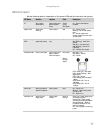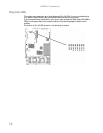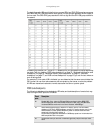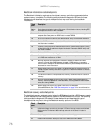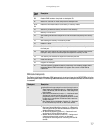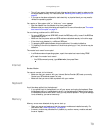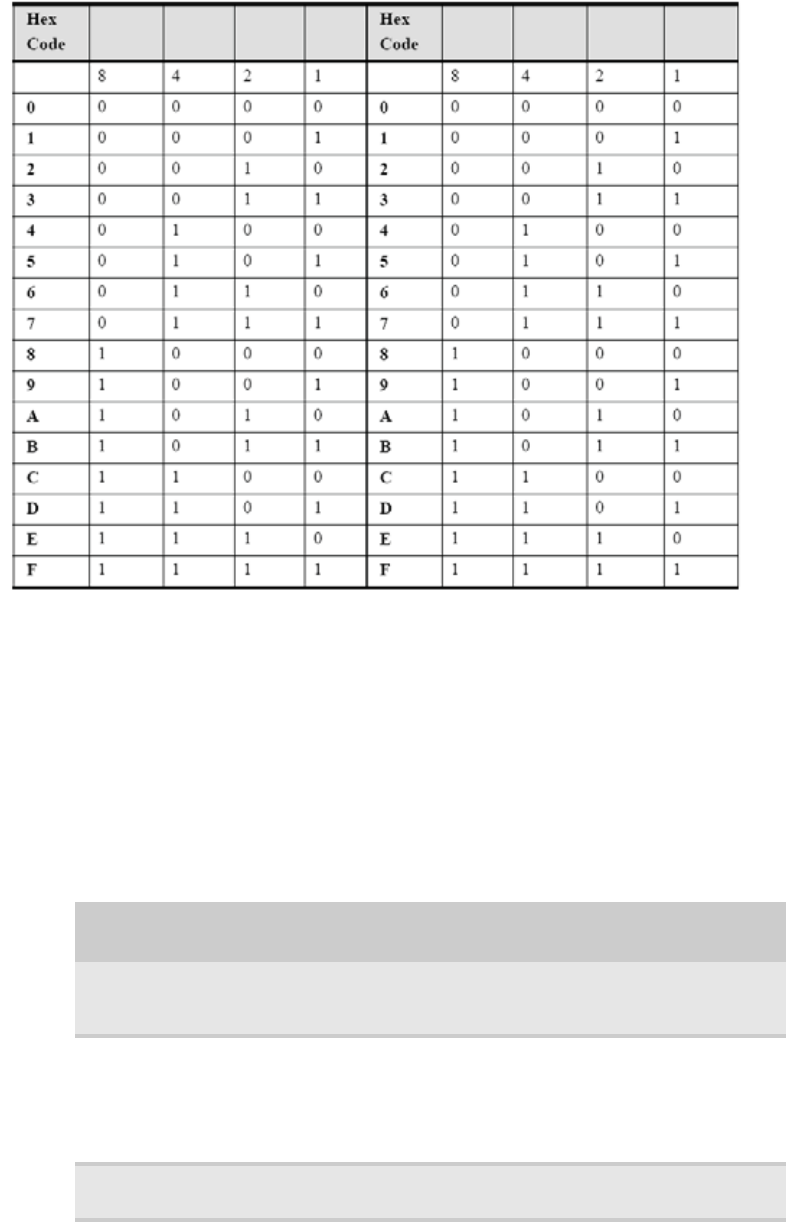
www.gateway.com
73
The eight diagnostic LEDs are divided into two groups. LEDs from CR15-CR12 comprise one group,
and LEDs from CR11-CR8 comprise the other group. The two groups represent the two digits of
the hex code. The CR15-CR12 group stands for the first digit and the CR11-CR8 group stands for
the second.
In determining the code, Off = 0 and On = 1. Based on this, you can determine the corresponding
hex code. Then, by checking “POST code checkpoints” on page 73, “Bootblock initialization code
checkpoints” on page 76, “Bootblock recovery code checkpoints” on page 76, “DIM code
checkpoints” on page 77, and “ACPI runtime checkpoints” on page 78, you can find out where an
error is taking place.
For example, if a hex code of 0B is indicated, you can detemine that the server cannot detect the
PS/2 mouse. You can then take measures, such as reinserting the mouse, to solve the problem.
All LEDs are cleared and restored to normal status after the server is power cycled.
POST code checkpoints
The following table shows the checkpoints, LED codes, and task description of events that may
occur during the POST portion of the BIOS:
Check
point
Description
03 Disable NMI, Parity, video for EGA, and DMA controllers. Initialize BIOS, POST,
Runtime data area. Also initialize BIOS modules on POST entry and GPNV area.
Initialized CMOS as mentioned in the Kernel Variable “wCMOSFlags.”
04 Check CMOS diagnostic byte to determine if battery power is OK and CMOS
checksum is OK. Verify CMOS checksum manually by reading storage area. If the
CMOS checksum is bad, update CMOS with power-on default values and clear
passwords. Initialize status register A.
Initialize data variables that are based on CMOS setup questions. Initialize both the
8259 compatible PICs in the system.
05 Initialize the interrupt controller in hardware (generally PIC) and interrupt vector
table.
CR15
CR14
CR13 CR12 CR11 CR10 CR9
CR8









